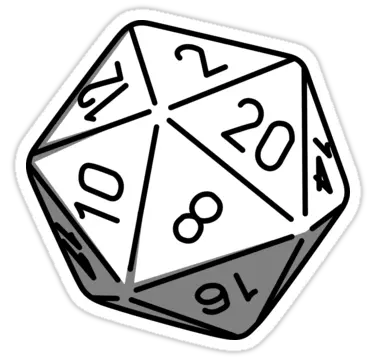I like that I can plug it in both ways but it feels really insecure in my devices. I also don’t like that people are trying to replace USB A with it bc the smaller, flimsier USB standards are only needed for small devices like phones. Anytime you have the space for the more robust version you should use it.
Not at all, the “biggest change” was with fast charging, but Li-ion batteries hate being at 0 or 100% all the time and fast charging makes it too easy to ovrtcharge to 100, and I’ve only got 1 device that can do “fast charging speeds” (over 9w). Most of my electronics are a mix of type c and micro to type a. A c - c cable is like with my fast charger is overkill for my application and is inconvenient when the vast majority of charging bricks and plugs have type a charging.
Usbc-pd is an absolute game changer as an off grid person. The fact a 100w charger can act as a dc to dc converter with up to five output voltages, at up to 100 watts is crazy. And that the protocol automatically detects and communicates the proper voltage is very convinent. The problem is that usbc-pd 100w chargers are expensive and you need to know what you are doing if you want to diy power appliances with it.
Its really nice to have a standardized cable that just works and can be plugged in both ways. We really are approaching a Universaal Cable after a quarter century of RnD.
I’m curious as to what exactly you do with it as an off-grid person, and what you mean by DC-to-DC converter.
Im happy to explain pastermil. So first off let’s talk power.
Electrical Power Systems
Most off-grid electrical systems have a few major components.
-
A device that generates electrical energy
-
A battery that stores excess electrical energy for later
-
A charge controller which regulates the incoming raw electrical power from the generator as it charges up the battery, and smooths out the battery energy output
-
A power distribution interface which allows for connecting appliances to the batteries in a safe standardized way.
My particular electric system has a 200w 28v solar panel for power generation, two 20ah lifepo4 batteries connected to double capacitance, and the charge controller doubles as a very basic interface with two usba slots and a car cigarette port.
AC vs DC
Now let’s talk about AC and DC. Theres essentially two kinds of electrical power people deal with.
The difference between Alternating Current and Direct Current is in the way the power flows. Direct current moves in a straight path. Alternating current moves power back and forth in three perfectly spaced cycles.
AC The one most people are more familiar with is AC power. it comes to your home from power plants through power lines and transformer boxes. You move around extension cords and plug the three prong outlets into a wall.
Alternating Current (three phase) power is very easy to transmit long distance however its very high voltage. So only certain power hungry devices like kitchen appliances, washing machines, dryers and AC compressors use it directly. Most of your consumer home devices need to convert AV power down into more manageable DC power.
DC Offgrid electrical systems with batteries are Direct Current by nature. All your power comes from the battery banks. The power moves straight from battery terminal negative to positive. It flows right through your appliances in one way out the other.
The battery banks tend to be arranged into 12v, 24v, or 48v depending on the systems power draw and transmission needs.
The popular standards for delivering direct current are:
-
5v 2.4a usb (15 watts)
-
12v 10a car cigarette plugs (120 watts, can be rated to supply 24v fused 15a I believe though not common at all)
-
circular dc barrel plug connectors, the most common size is 5.5mmx2.5mm but there are dozens if not hundreds of slightly different barrel plugs. Part of what makes usb so great is reducing arbitrary manufacturing complexity like this.
-
usbc-pd various voltages depending on charger, cable, and device at up to 100w for current protocol.
-
solar quick connects tend to be for connecting and transmitting high voltage DC power to charge controllers and power banks. Its worth mentioning but not that relevant to what were talking about.
Most consumer devices in your home dont actually use wall outlet AC power directly, it uses wall power thats been converted and stepped down to DC power.
Desktop computer power supplies, Laptops, monitors, vaporizers, led lights, DVD players, audio speakers, your phone. everything that can powered by usb and batteries. Everything that has barrel plug inputs and power bricks plugging into it.
If you look closely on the power bricks plugged into the appliance you’ll see that it has an input and output voltage rating. The input tends to be 120vac here in america 240v over the pond, and the output tends to be either 5v, 9v, 12v, 15v or 20v DC usually up to 5 amps.
Device vs Voltage Examples
Laptops and computer monitors tend to be 20v, fast charging smart phones and the Nintendo switch docked are 15v, very bright home LED lights can be bought that are powered at 12v directly, the ps2 could be powered with 9v, and most usb devices charge at standard 5v. Would you like to guess which voltage profiles the USBC-PD protocol is capable of? Its all of them.
Energy Conversion Efficency Losses
Now let’s discuss energy efficiency. Converting from AC to DC eats up some of your power. So does converting from DC to AC. And its not small losses either, each time you convert its about a 15% total loss in efficency.
This loss through conversion doesn’t matter when you pay cents on a kilowatt and have unlimited power at the tap. It adds up very quickly when you have a limited power supply and every watt hour counts.
Let’s say I want to power a laptop on my offgrid DC system and my only means of powering it is the AC power brick cable that it came with. I would need to:
- Convert the DC power of the batteries to AC through an inverter. 15% efficency loss.
- Then convert that power right back down into slightly different DC with the power brick plugged in. 15%% efficency loss.
- The inverter and power brick are both parasitic draws. They eat a bit of power just sitting there even if nothing is being powered. Lets add 5% total system efficency loss each.
Add these up and you get 30-40% of your power eaten away by this needless double converting. Wouldnt it be really nice if we could convert the battery DC voltage directly to the appliance DC voltage without those power hungry inverters and transformers?
What DC-to-DC Converters Are
Thats where dc to dc converters come in. They can convert one DC voltage to another. They still introduce efficency loss but way way less only 10% total.
Traditionally you would hope your device had a commercially available 3rd party travel adapter for 12v car batteries. The dc to dc converter is built in and uses car plug.
If you were SOL you has to wire up boost converters to raise up voltage and add resistors in series to lower it. You ever try to wire and solder your own circuts before? Its a tedious experience. Imagine doing that for each device voltage. Oh wait, you dont have to. Here’s what that looks like.
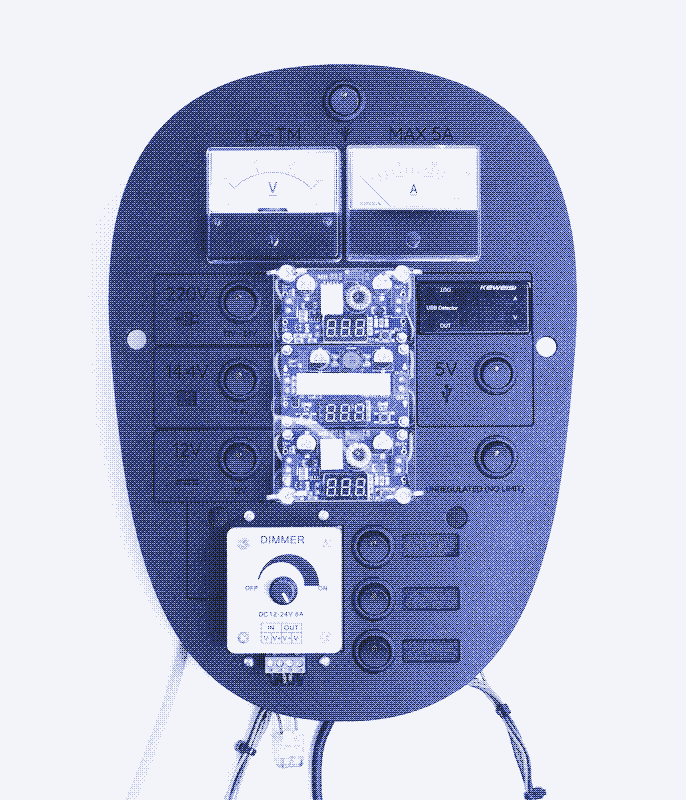

A USBC-pd 100w charger that plugs into a cigarette port or is built into a power bank can convert a batteries 12vDC into 5v, 9v, 12v 15v, and 20v dynamically depending on the device.
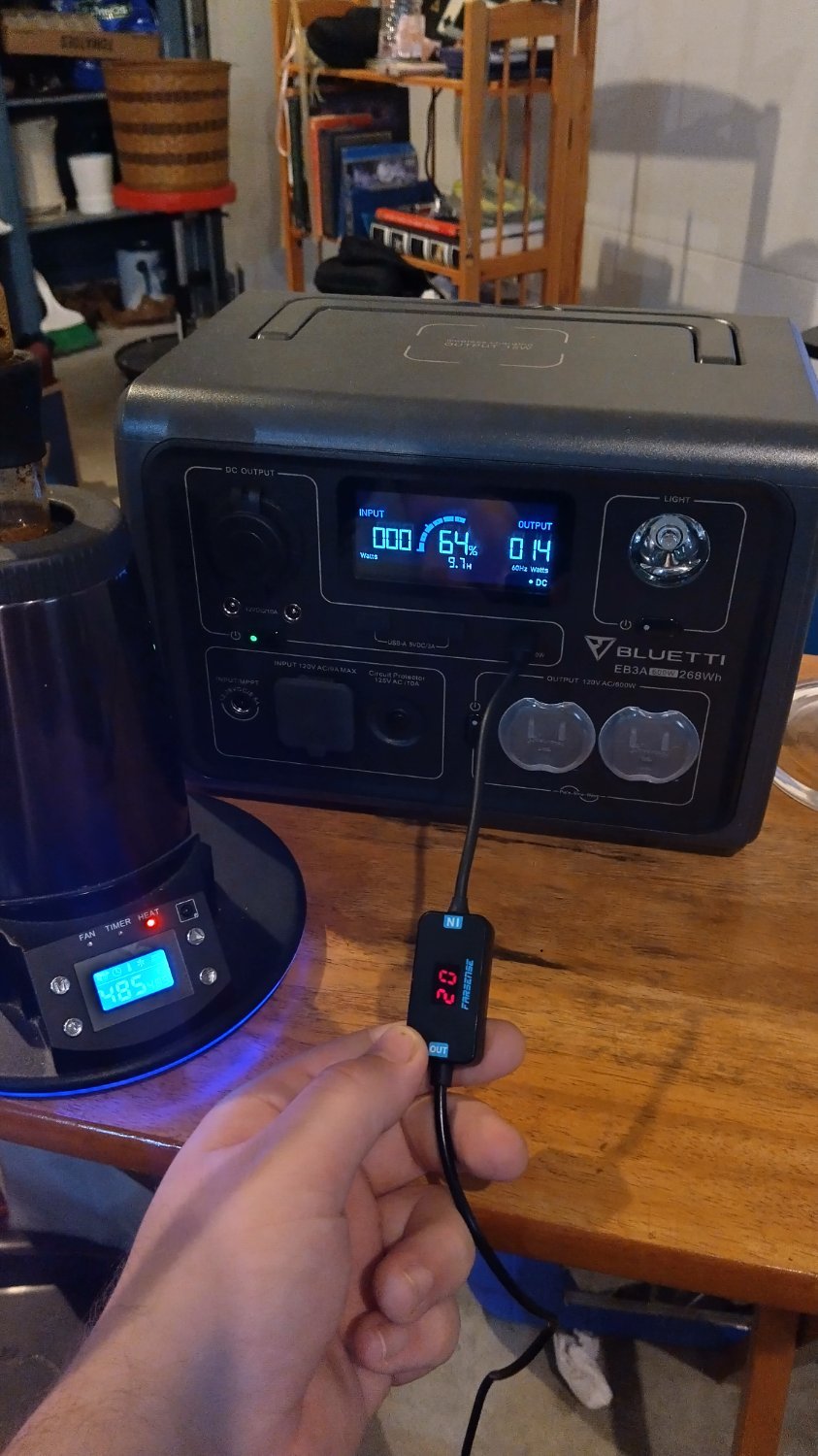
Do you know how magical that is? How much trouble that saves when it comes to mcguyvering a DC appliance that only came with AC cable to supply proper power directly? All I need is a 10$ usbc-pd to barrel plug cable that manually selects the voltage needed and some barrel plug adapter bits to fit into the appliance. Energy efficent and simple wiring. All the dynamic controller stuff is abstracted away in a safe way. Powerful enough to deliver 100 watts of power, and its going to be more powerful over time.
now someone needs to make USB-C jack to barrel plug “tips” with the PD chip built in so I can substitute USB-C for wall wart transformers.
Hey aubeynarf think you are talking about something like this.
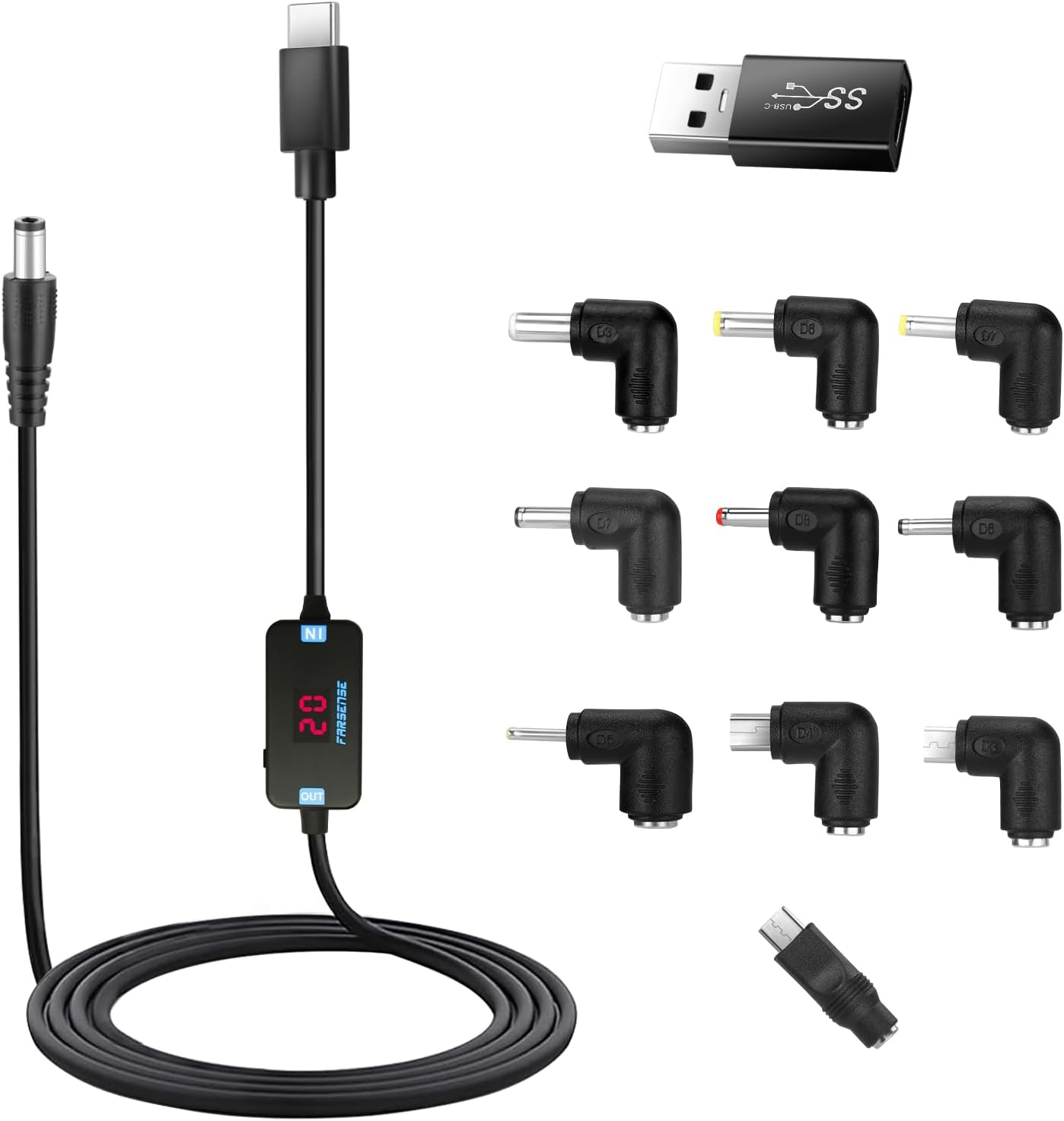
Its a special usbc-pd to 5.5x2.5 barrel jack with manually selectable voltage. You just plug it into a pd charger and select the voltage of the device. The rest is finding a barrel plug to barrel plug adapter that plugs into your device. Hope this helps.
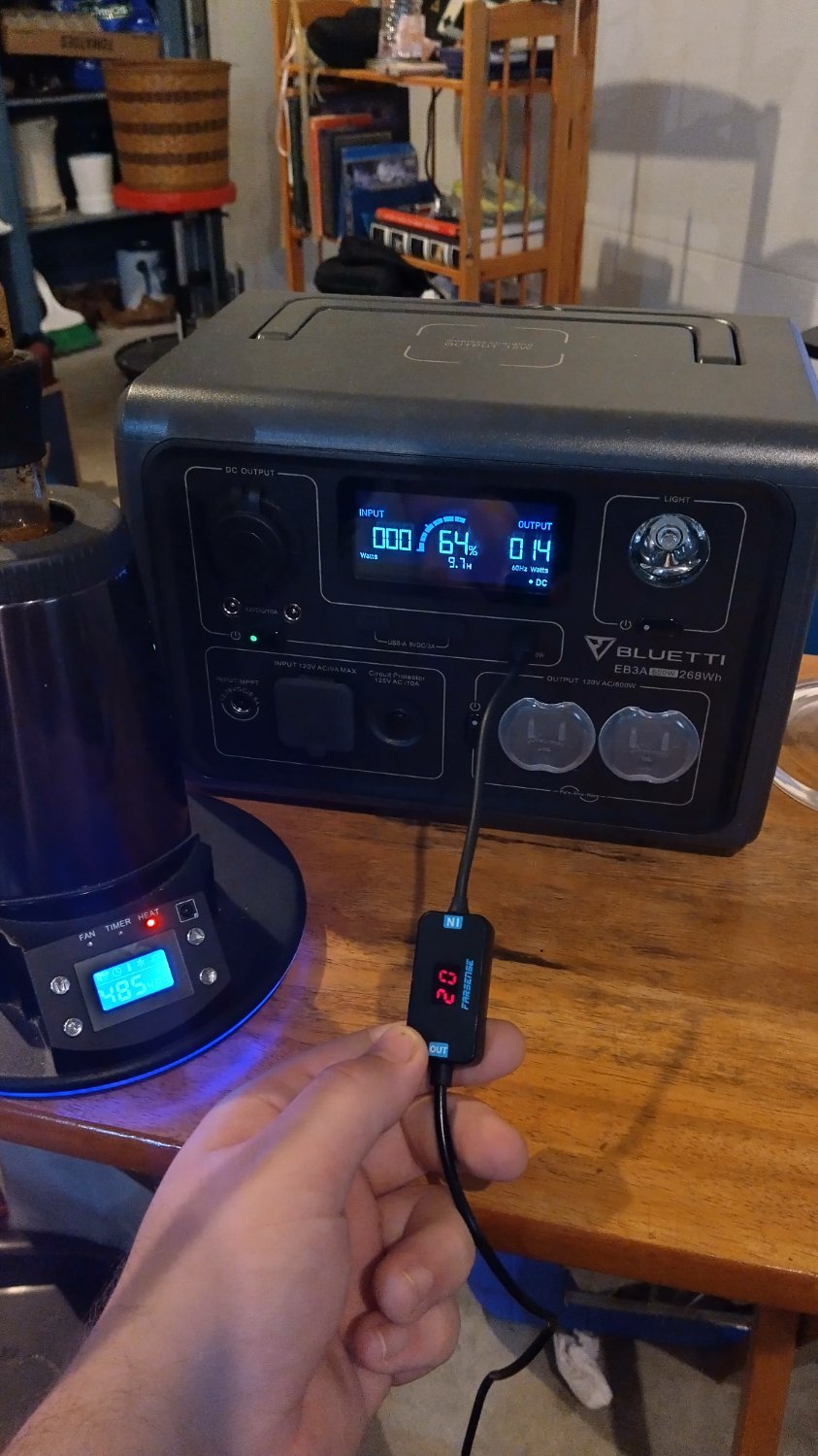
I want that whole arrangement to be in a tip with a USB-C receptacle and a fixed voltage and barrel size so it’s barely bigger than my thumbnail and can be used with standard usb-c cables.
So I can get a “9V-5.5x2.5-Pos” to convert my casio keyboard to usbc, without all that other stuff hanging off and extra, unnecessary pieces
But yeah that’s cool
If your device happens to be 18-20v you can get a usbc-pd laptop connector with a dc barrel jack output. It has the USBC-PD chip built into it to tell the charger to output 20v and you can probably hunt down barrel adapter bits. Your regular 65-100w rated usbc cord plugs in like anything else.
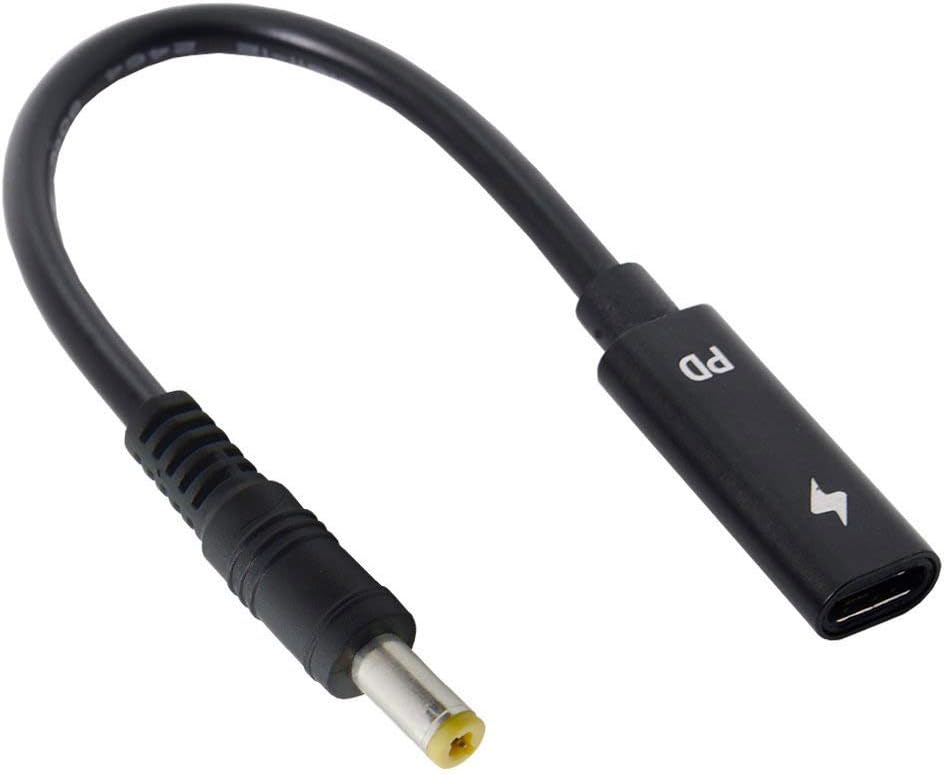
The other voltages are tough theres not really a consumer market for 15v or 9v specific usbcPD to barrel things.
Is DC why my 12V water pump doesn’t run but the LED bulbs on the same circuit are fine? The pump is by the creek and I’m thinking it can’t pull enough amps over the length of the run. Working on that today.
One of DCs main issues is transmission distance. Its hard to say for your case without details but its a good possibility. If you have a volt meter and know how to use it check the voltage at the start of the run and compare it to the end of the run and see how much the voltage has dropped. If your trying to push 12v over 20-30ft I would say theres a good chance of it being too little voltage over too far a length. Wire diameter is also a factor if its very small gauge wiring.
No voltage drop, but it’s an easy 80’, maybe 100, maybe even a little more. Hard to say as it cuts through the woods.
Picked up an old Fluke at the store, I’ll try an figure out how to read amps.
Did you measure voltage drop across the pump while it’s trying to start up? The voltage will only drop when there’s current being drawn. So with the pump off you would see full supply volts even on a highly resistive line. You could try lugging a battery down to the pump, and jump it to get it started, then remove the battery jumpers but keep the pump running on your main run, then measure the volts across the pump.
Or you could try to measure the resistance of your wiring with your meter. You would disconnect it from your 12v source, then short the pump side, then measure the ohms across the pair at the source side. Also measure the resistance across your pump windings when it is disconnected, but with the switch on.
I’ll throw out some example numbers. Say you have a pump that says it needs 6 Amps. Chances are the inrush current is more like 12A. If you measure across the terminals with the pump disconnected from power with the switch closed, you might measure around 1 Ohm. Now if you measure your very long supply line and get 2 Ohms. Then you would only get 12V/(1+2 )Ohms = 4 Amps through the whole system. With the pump drawing 4 Amps you would only see 4V at the pump terminals when it is already running.
Hi! You seem knowledgeable about this stuff, so if you can answer a question. I have an older Jackery power station that has a single USB-C PD port. I need more when camping and I have been plugging a AC USB-C charger into one of the AC ports on the power station. From what you wrote that make me think that is not an efficient way due to the conversion from DC to AC to DC. Would I be better off using the DC “Car Charger” port or maybe a USB-C hub of some sort?
Hey there panicnow! I would be happy to help give some input. It is better to avoid firing up the AC inverter whenever possible. If you have a car travel adapter for your devices that plug into the jackeries cigarette plug port that would be better. If you absolutely need more usbc-pd ports for your devices, there is a way to do that given your jackary has one or two of those circular barrel plug outputs that output 12v. Most powersttions should have one or two of them.
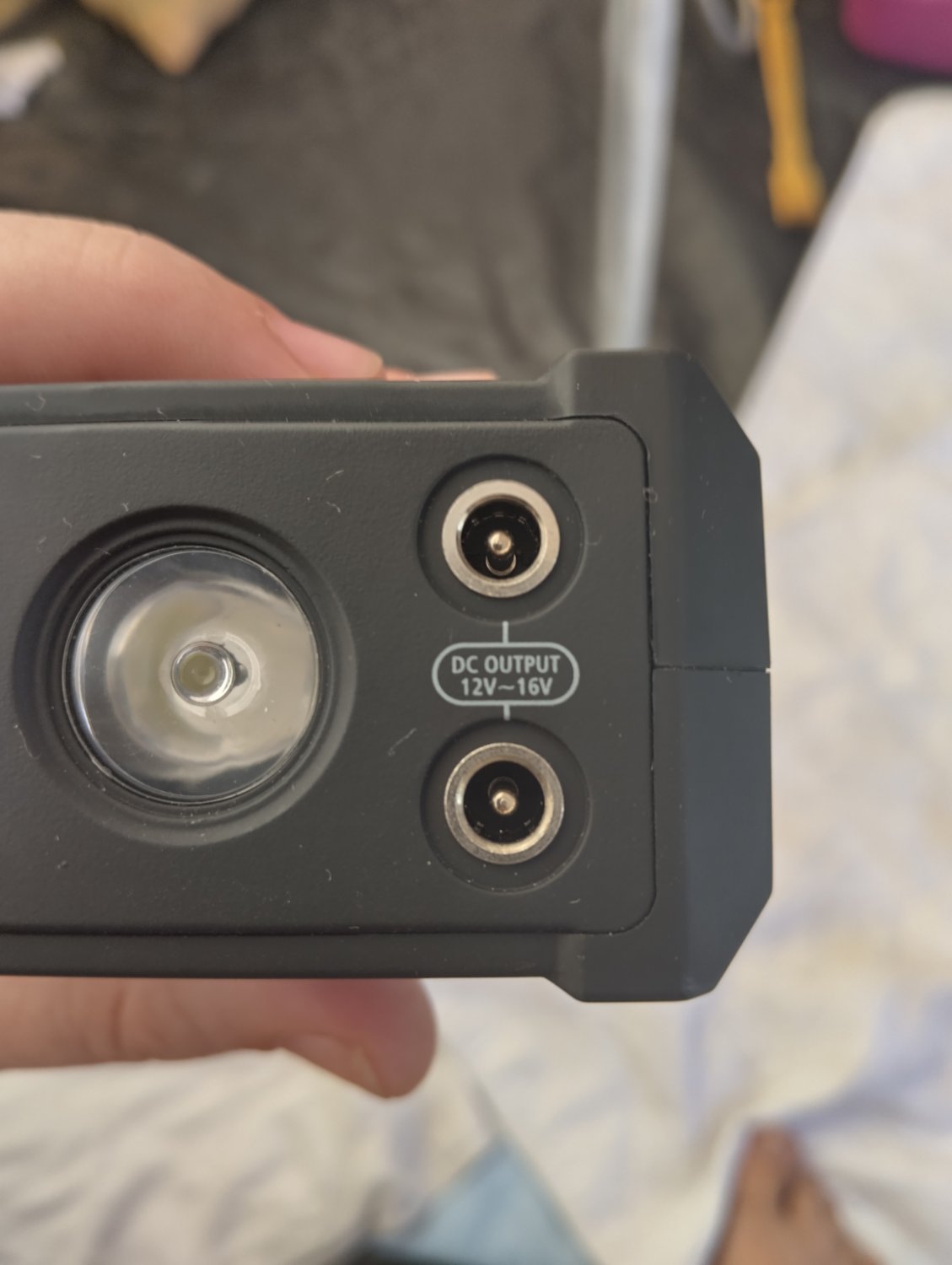
If you have one of those barrel plug inputs youre in luck. Go on amazon and buy one of these to turn those jacks into car cigarette plug inputs.

Then get a really nice usbc-pd car charger. I don’t actually have one but I like anker and trust their 100w pd charger would be high quality. You can go cheaper if you only need 65w or lower.
Thanks so much! I was kind of on that line after I read your earlier comment, but thought I would just ask. My jackery doesn’t have barrel plug outputs—just inputs. But it does have a 12V, 10A cigarette plug port. I’ll get an anker car charger like you suggested and use that.
Great explanation, FYU I just posted this to !bestoflemmy@lemmy.world
I appreciate that you’re really thorough, both with that explaination as well as the implementation in the first place.
I guess I’ve never give it much thought. I mean, I’m familiar with electricity, but I’m paying dirt cheap for it.
One more question: How do you do your lighting? Most light fixtures I know are using e27 bulbs, which are AC powered. I know the LED panels requires driver circuits between them and the main, theoretically they probably could live off your DC straight-up, but they’re generally a pain to work with.
Thanks. Lighting has been an ongoing puzzle I’m figuring out. I originally went with rechargeable Luci light it was really nice warm bright lighting but expensive and failed within a season. Currently I’m using a cheap 5v plastic led light bulb that plugs into regular usba slot. Its enough to see what you are doing comfortably. But really the average person whos used to house bulbs including me wants the luxury of bright lighting. For now I’ve been firing up the AC inverter to run a nice lamp. However I have been considering making my own 12v light fixture with 12v e26 bulbs that plugs into either car cig plug or usbc-pd.
In this picture is marked all the parts of an LED circuit that convert AC Into DC. It takes up about 40% of the board. Its much easier to power LEDs directly.
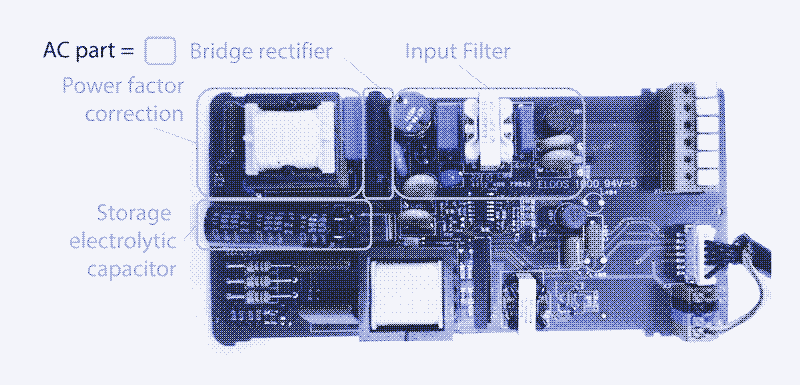
-
I don’t think I’ve had a single USB-C cable/connector/socket fail yet. Which can’t be said of Micro-USB.
But other than that, meh.
The stability of Mini USB I liked most. Plug a PS3 controller in 100 times and it always seemed solid. Micro USB was flimsy, but I wish the would have done usb-c like the lightning connector and made it solid. I would think it would last longer that way, but I never owned an iPhone so I could be wrong. Those could be more prone to snapping, like palm trees vs pine tree.
I broke 1 mini USB on my Blue Yeti over a decade ago, but no port would have been able to survive that torque, lol. Other than that, it’s usually rock solid
I’ve seen multiple people snap lightning plugs. Never seen a broken USBC plug yet
I work in a school with a 1 to 1 Chromebook program. I see them pretty regularly, mostly they are just bent hard and stop working, but I’ve seen some pretty impressive destruction.
Yeah, nothing’s unbreakable. I once saw a kid shove a whole ham sandwich into a cd/optical drive. People do weird stuff. It probably would have worked afterwards too if someone cleaned the mustard off the lens. Never checked, as even back in 2006 it was rare to put CDs in school computers. The age of flash drives has already arrived.
A little disappointing.
I had been pretty well consolidated to just lightning cables for everything. It did what I needed, the connector is small, reversible, easy to use, and it fit most electronics for my family of four. I had built up a nice stable of accessories like power banks and charging blocks that fit everything and hadn’t needed to buy anything new in years.
The switch to USB-C came with great fanfare and seemed like a good idea. However it really doesn’t give me any direct benefits and I have to buy all new accessories. Now I’m in a transition mode for a few years where I need usb-c, usb-a, and lightning cables and chargers. Worst of all the market that I kept being told was leaving behind still has more support for usb-a - my laptop has mostly usb-a, even new model motherboards for building my kids gaming computers are mostly usb-a, I don’t see a good selection of usb-c chargers, power banks are still mostly usb-a, keyboards and mice are usb-a, kvms are usb-a, etc
Trying to switch to usb-c has meant more cable types rather than fewer. It has meant buying duplicate chargers and it has meant less convenience where usb-c is not really mainstream yet. Hopefully the market will more fully adopt usb-c quickly but I meant to be a late adopter to this transition and feel almost like an early adopter
USB-C is pin-compatible with every single other USB plug, so you should be able to get away with all USBC cables and some adapters for whatever plug type you’re trying to plug in.
There are only 3 types of pin sets, USB-C(USB 3.0 pins + 3 extra pins), USB-3.0(USB 1.0 + 5 extra pins) and USB-2.0 and lower. Everything else version wise is the controller on the actual board, not the cable.
Cable-wise you only need one to get the benefit of every other plug on the market.
Adapters have their place, and I do have a few, but they’re no cheaper than cables and a bit annoying.
Really hasn’t been much of one. I still own devices that charge from MicroUSB, a lot of peripherals are still USB-A, there hasn’t been any significant movement by the industry overall to move everything to C, so mostly it means I just need to carry more cables.
Nitpick, there are no devices that charge with an USB-A port. USB-A is the side that supplies power, the side receiving power is USB-B.
USB-C did away with the distinction.
Compared to USB-A, not really that much of a game changer (it’s still the most common for me). Though I do not miss the three rotations to get it in.
Compared to Micro-USB? Holy fuck, I almost refuse to buy anything still using Micro-USB ported now. Mainly because I can’t never find the fucking cable for it.
Though I do not miss the three rotations to get it in.
The holes point up or to the right.





